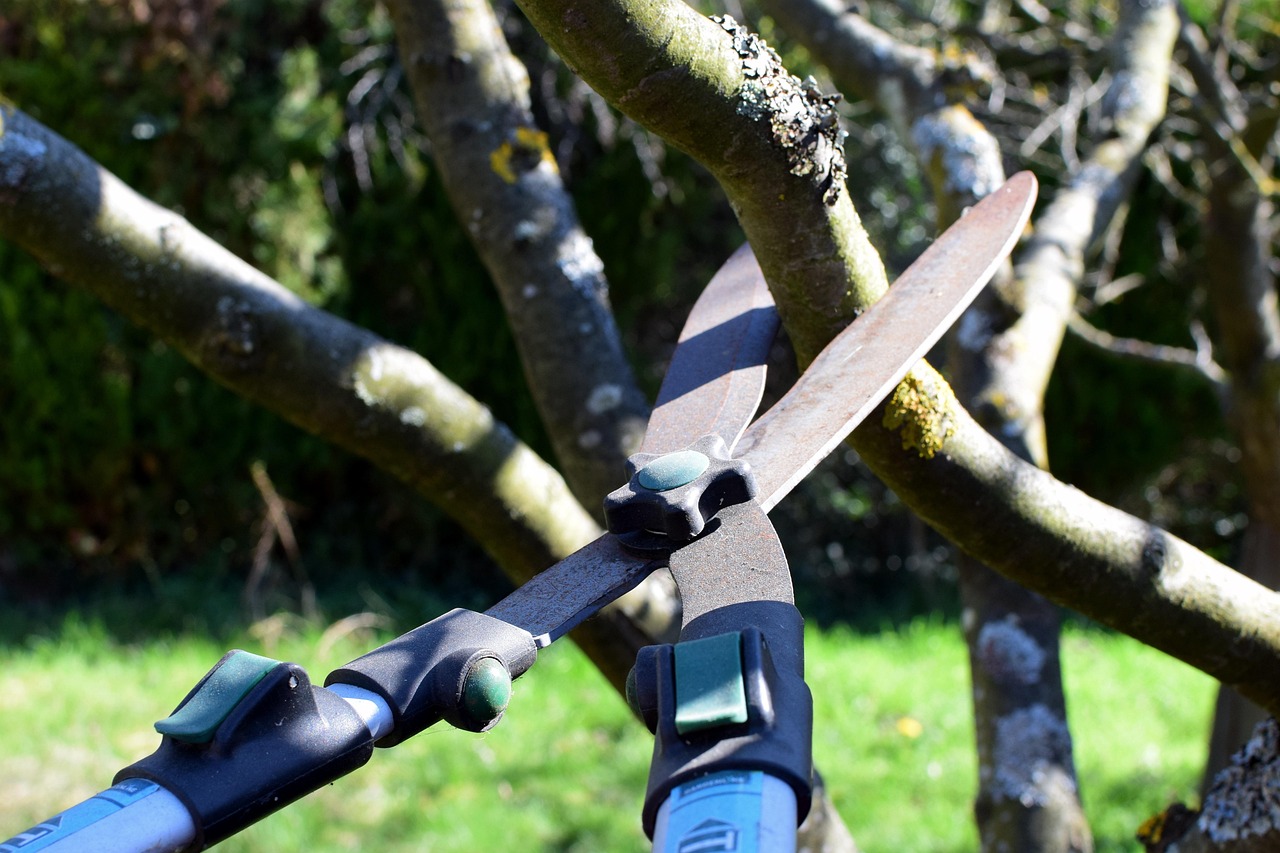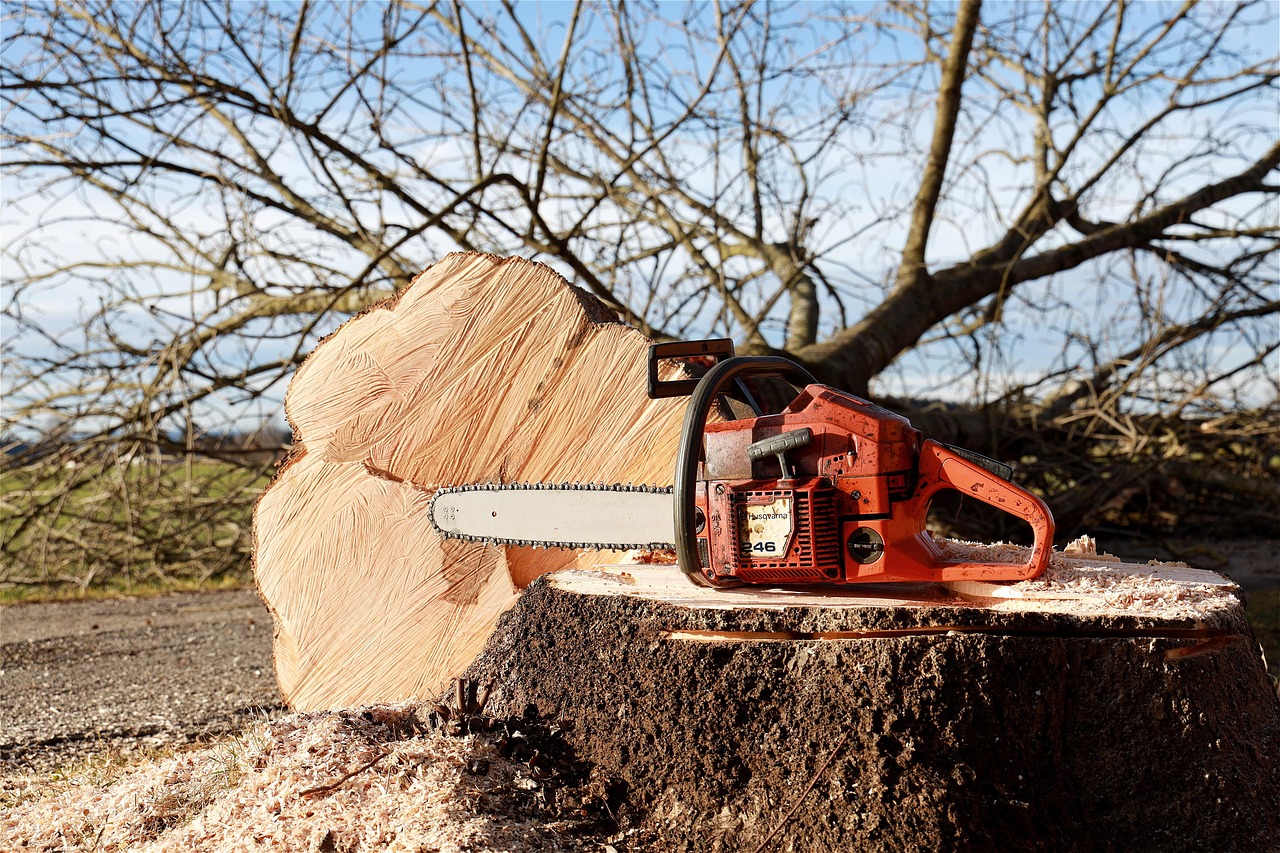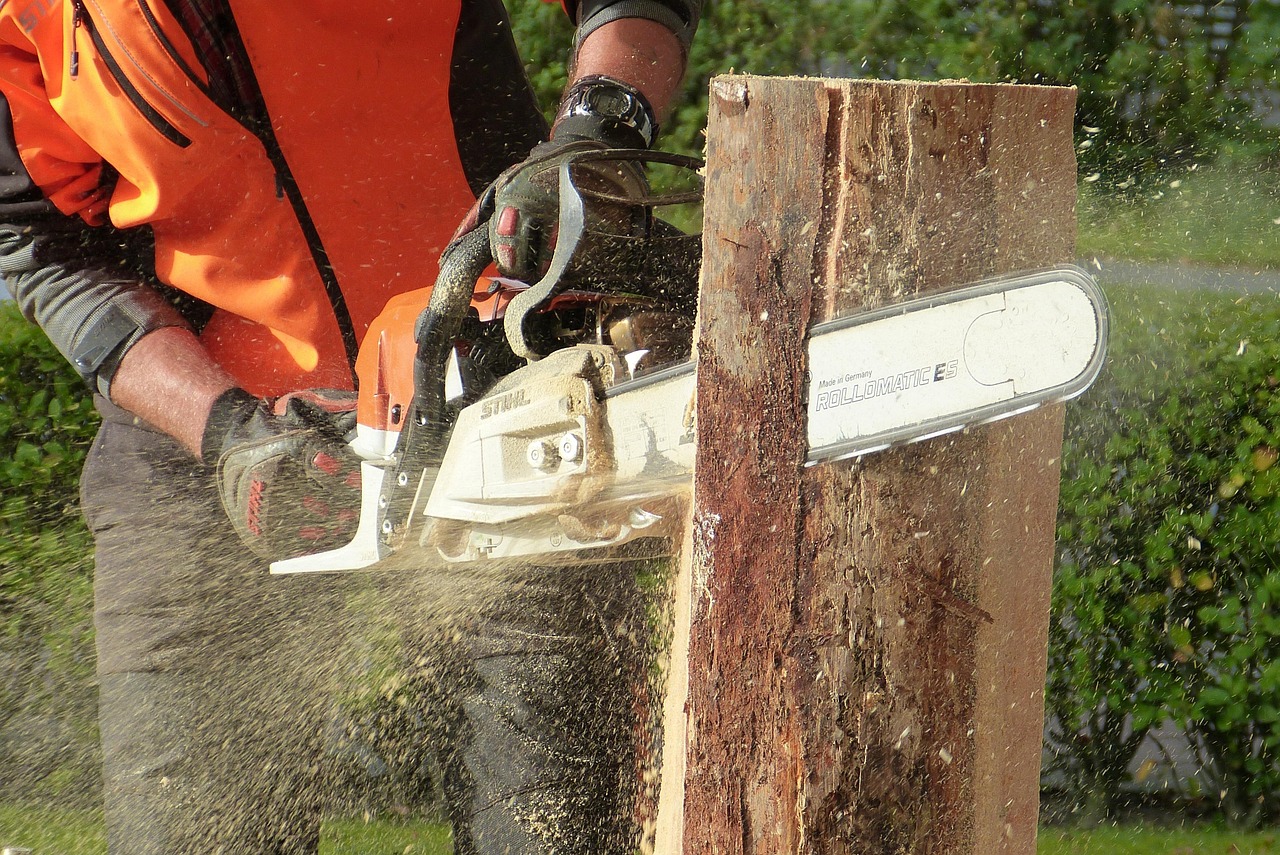Pruning a Money Tree is essential for maintaining its health and aesthetic appeal. Regular pruning encourages growth, removes dead or unhealthy branches, and helps shape the plant. Understanding the right techniques and timing is crucial for indoor gardeners.
Understanding the Money Tree
The Money Tree, scientifically known as Pachira aquatica, is a popular indoor plant known for its braided trunk and vibrant green leaves. This plant is not only attractive but is also believed to bring good luck and prosperity. Originating from Central and South America, it thrives in warm and humid environments, making it an excellent choice for indoor gardening.

As with any plant, proper care is essential for its longevity. One key aspect of this care is pruning. By trimming your Money Tree regularly, you can promote healthier growth and a more appealing shape. This practice also helps prevent pests and diseases, ensuring your plant remains vibrant.
Benefits of Pruning Your Money Tree
Pruning your Money Tree offers several benefits that contribute to its overall health and appearance. Some key advantages include:
- Encourages Growth: Pruning stimulates new growth by allowing more light to reach the inner leaves.
- Shapes the Plant: Regular pruning helps maintain a desired shape and size, preventing the plant from becoming leggy.
- Removes Dead or Diseased Branches: Trimming away unhealthy parts ensures that the remaining sections of the plant stay healthy.
- Improves Air Circulation: Reducing the density of leaves improves airflow around the plant, which can help prevent fungal diseases.
When to Prune Your Money Tree
Timing is crucial when it comes to pruning. The best time to prune your Money Tree is during its active growth period, which typically occurs in spring and early summer. At this time, the plant can recover quickly from the cuts made during pruning. Avoid pruning in fall or winter when the plant is dormant, as this can stress the plant and hinder growth.

Tools Needed for Pruning
Before starting the pruning process, it’s important to gather the right tools to ensure clean cuts and minimize harm to the plant. Here are some essential tools you will need:
- Sharp Pruning Shears: Ensure they are clean and sterilized to prevent infection.
- Gardening Gloves: Protect your hands from sharp edges and sap.
- A Clean Cloth: Useful for wiping down tools before and after use.
How to Prune Your Money Tree
Pruning a Money Tree involves a few straightforward steps. Follow these guidelines for effective pruning:
- Assess Your Plant: Look for any dead or yellowing leaves, as well as branches that have become too long or leggy.
- Make Clean Cuts: Using your sharp shears, cut just above a leaf node or joint. This encourages new growth from that point.
- Avoid Over-Pruning: Remove no more than one-third of the plant at a time to prevent shock.
- Dispose of Cuttings: Remove all cuttings from the pot area to prevent pests from attracting.
Common Mistakes to Avoid
While pruning can be beneficial, there are common mistakes that beginners often make. Being aware of these can help you achieve better results:

- Pruning at the Wrong Time: Avoid pruning during dormancy; wait until spring.
- Poor Tool Hygiene: Failing to sanitize tools can lead to disease transmission.
- Ignoring the Shape: Always keep the natural shape of the tree in mind when trimming.
By understanding these basics of Money Tree pruning, indoor gardeners can ensure their plants remain healthy and visually appealing. Regular attention to your Money Tree will help it thrive in your home environment.
Post-Pruning Care for Your Money Tree
After pruning your Money Tree, it is essential to provide proper care to support its recovery and encourage new growth. The plant may experience some stress from the pruning process, but with the right conditions, it will thrive.
Watering After Pruning
Watering is a crucial aspect of post-pruning care. Immediately after pruning, the plant may need less water since it has fewer leaves to support. However, it is important to monitor the soil moisture closely. Consider these tips for watering:

- Check Soil Moisture: Use your finger to test the soil about an inch deep. If it feels dry, it’s time to water.
- Avoid Overwatering: Ensure that the pot has good drainage and do not let the plant sit in water.
- Use Room Temperature Water: Cold water can shock the plant. Always use water that is at room temperature.
Light Requirements
After pruning, your Money Tree may benefit from adjusted light exposure. Here are some guidelines:
- Indirect Bright Light: Money Trees thrive in bright, indirect sunlight. Avoid placing them in direct sunlight as it can scorch the leaves.
- Rotate the Plant: If one side receives more light than the other, rotate the plant every few weeks to ensure even growth.
- Monitor Leaf Color: Yellowing leaves may indicate too much light, while dark green leaves suggest the plant is happy and healthy.
Nutrient Needs After Pruning
Pruning can temporarily slow down the growth of your Money Tree. To support its recovery, consider providing nutrients. Here are some tips on fertilizing:
Selecting the Right Fertilizer
Choosing the right fertilizer is crucial for your Money Tree’s health. You may want to consider:
- Balanced Fertilizers: Use a balanced liquid fertilizer that contains equal parts nitrogen, phosphorus, and potassium (N-P-K) to promote healthy growth.
- Organic Options: Organic fertilizers, such as fish emulsion or compost tea, can provide essential nutrients without chemical additives.
- Time-Release Fertilizers: These can be a good option as they release nutrients gradually over time, reducing the risk of over-fertilization.
Fertilizing Schedule
Establishing a fertilization schedule can help optimize growth:
- Frequency: Fertilize your Money Tree every 4-6 weeks during the growing season (spring and summer).
- Dilution: Always dilute liquid fertilizers according to package instructions to prevent root burn.
- No Fertilizer in Dormancy: Avoid fertilizing during fall and winter when the plant is not actively growing.
Pest Management Strategies
Pruning can expose your Money Tree to pests if not managed properly. Here are some effective strategies for pest management:
Common Pests
Your Money Tree may encounter several common pests, including:
- Aphids: Small insects that cluster on new growth and suck sap.
- Spider Mites: Tiny pests that create fine webs and cause leaf discoloration.
- Mealybugs: White, cottony masses that appear on stems and leaves.
Pest Control Methods
Implementing pest control methods can help protect your Money Tree:
- Inspect Regularly: Check your plant frequently for signs of pests or damage.
- Use Insecticidal Soap: A safe option for treating many pests without harming the plant.
- Neem Oil: An effective natural pesticide that can eliminate pests while being gentle on your plant.
Signs That Your Money Tree Needs Attention
Being attentive to your Money Tree’s condition can help you catch issues early. Here are some signs that may indicate your plant needs extra care:
- Yellowing Leaves: Indicates overwatering, nutrient deficiency, or too much light.
- Browning Tips: May signal underwatering or low humidity levels.
- Pest Infestation Signs: Look for webbing or clusters of insects on leaves and stems.
Taking prompt action based on these signs will help keep your Money Tree healthy and thriving. Regular monitoring combined with proper care following pruning will lead to a beautiful indoor garden.
Repotting Your Money Tree
Repotting is an essential part of caring for your Money Tree. As it grows, the roots can become cramped in their current pot, which can hinder its health and growth. Knowing when and how to repot can make a significant difference in the longevity of your plant.
When to Repot
There are several signs that indicate it may be time to repot your Money Tree:
- Roots Growing Out of the Drainage Holes: If you notice roots pushing through the bottom of the pot, it’s time for a larger container.
- Soil Dries Out Too Quickly: If the soil dries out faster than usual, it might mean the plant has outgrown its pot.
- Stunted Growth: If your tree seems to be growing more slowly than before, it may need more space for its roots.
Choosing the Right Pot
When selecting a new pot for your Money Tree, consider the following:
- Size: Choose a pot that is 1-2 inches larger in diameter than the current one. This allows room for growth without overwhelming the roots.
- Material: Terra cotta pots are great for drainage, while plastic pots hold moisture longer. Choose based on your watering habits.
- Drainage Holes: Ensure that the new pot has adequate drainage holes to prevent waterlogging.
Repotting Process
Follow these steps to repot your Money Tree effectively:
- Prepare Your Workspace: Gather materials including a new pot, fresh potting soil, and your tools.
- Remove the Plant: Gently slide the plant out of its current pot. You may need to tap the sides of the pot to loosen it.
- Inspect the Roots: Look for any signs of rot or damage. Trim any unhealthy roots with clean, sharp scissors.
- Add Soil to the New Pot: Fill the bottom of the new pot with fresh potting soil.
- Position the Plant: Place the Money Tree in the center of the new pot and fill around it with soil, ensuring it sits at the same depth as before.
- Water Thoroughly: After repotting, water the plant deeply to help settle the soil and eliminate air pockets.
Temperature and Humidity Needs
The Money Tree thrives in warm and humid conditions, making temperature and humidity levels critical for its health. Understanding these needs will help you create an optimal environment.
Ideal Temperature Range
Your Money Tree prefers temperatures between 60°F to 75°F (15°C to 24°C). Here are some tips for maintaining ideal temperatures:
- Avoid Cold Drafts: Keep your plant away from windows or doors that may cause sudden temperature changes.
- Use a Thermometer: Monitor indoor temperatures regularly, especially during winter months.
- Heat Sources: Keep the tree away from heating vents or radiators that can create hot spots.
Humidity Requirements
Money Trees thrive in high humidity. Here are ways to maintain adequate humidity levels:
- Misting: Lightly mist the leaves periodically to increase humidity around the plant.
- Humidity Tray: Place a tray filled with water and pebbles underneath the pot. As the water evaporates, it increases local humidity.
- Grouping Plants: Keeping your Money Tree near other humidity-loving plants can help boost moisture levels.
Common Diseases Affecting Money Trees
Indoor gardeners should be aware of potential diseases that can affect Money Trees. Recognizing symptoms early is vital for treatment and prevention.
Leaf Spot Disease
This fungal disease causes dark spots on leaves and can lead to leaf drop if not managed. Here’s how to address it:
- Avoid Overhead Watering: Water at the base of the plant to keep leaves dry.
- Improve Air Circulation: Ensure proper spacing between plants to allow airflow.
- Treat with Fungicide: Use appropriate fungicides if symptoms persist.
Pythium Root Rot
Pythium root rot occurs due to overwatering and poor drainage. Signs include yellowing leaves and mushy roots. To prevent this issue:
- Adequate Drainage: Ensure pots have drainage holes and use well-draining soil.
- Water Sparingly: Allow the top inch of soil to dry before watering again.
- Treat Affected Roots: If root rot occurs, trim away affected roots and repot in fresh soil.
Caring for a Money Tree involves understanding its unique needs. By focusing on repotting, temperature, humidity, and disease management, indoor gardeners can create an environment where their trees flourish.
Additional Considerations for Money Tree Care
In addition to pruning, watering, and repotting, there are several other factors that can contribute to the overall health of your Money Tree. Understanding these elements allows indoor gardeners to create an optimal environment for their plants.
Seasonal Care Adjustments
As seasons change, so do the needs of your Money Tree. Here are some general guidelines for seasonal care:
- Spring: This is the ideal time to prune and repot your Money Tree. The plant is entering its active growth phase, so it will recover quickly from any cuts or disturbances.
- Summer: Continue to monitor watering and humidity levels. If temperatures rise, consider misting the leaves more frequently to maintain humidity.
- Fall: Gradually reduce watering as the plant prepares for dormancy. This is also a good time to check for pests and diseases.
- Winter: Keep your plant in a warm area away from drafts. Water sparingly and avoid fertilization during this dormant period.
Understanding Growth Patterns
A Money Tree can grow quite tall and may need some structural support as it matures. Pay attention to the following growth patterns:
- Leggy Growth: If the branches become elongated and sparse, this might indicate that the plant is not receiving enough light. Consider relocating it to a brighter spot.
- New Growth: Look for new leaves sprouting from the tips of branches. This indicates that your plant is healthy and responding well to care.
- Branching Out: Encouraging branching can create a fuller appearance. Pinch back the tips of long branches to stimulate side growth.
Pest Prevention Strategies
Preventing pests before they become a problem is always better than dealing with an infestation. Here are some proactive measures you can take:
- Maintain Cleanliness: Regularly clean the leaves with a damp cloth to remove dust and debris, allowing the plant to breathe better.
- Avoid Overcrowding: Ensure there is sufficient space between plants to minimize pest transfer.
- Introduce Beneficial Insects: Ladybugs and lacewings can help control aphid populations without harming your Money Tree.
Final Thoughts
Caring for a Money Tree requires a balanced approach involving pruning, watering, repotting, and monitoring environmental conditions. By understanding the unique needs of this plant, indoor gardeners can foster a thriving environment that enhances its beauty and longevity.
The key takeaways from this guide include the importance of proper pruning techniques, timely repotting, and maintaining ideal humidity and temperature levels. Additionally, being vigilant about pest management and recognizing signs of distress will help you respond proactively to any concerns that arise.
With patience and attention, your Money Tree can flourish, becoming a centerpiece in your indoor garden while also providing an air of prosperity and luck. Embrace the journey of nurturing your plant, and enjoy the rewards it brings into your home.
